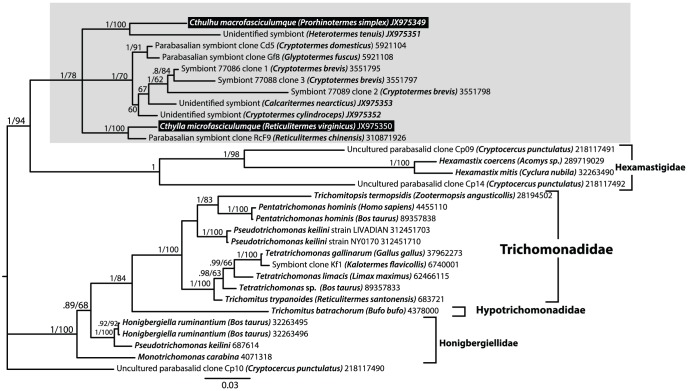Figure 5. Phylogenetic relationships between Cthulhu, Cthylla, environmental sequences, and closely related parabasalians.
Bayesian tree with posterior probabilities (upper) and maximum likelihood bootstraps (lower) indicated for each node, and major identified groups named to the right. Cthulhu and Cthylla are both related to unidentified environmental sequences from Heterotermes tenuis and Reticulitermes chinensis, respectively. They are all closely related to a large clade of unidentified environmental sequences from Cryptotermes, Glyptotermes, and Calcaritermes, which has previously been hypothesized to represent Tricercomitus. If true, then Cthulhu and Cthylla would be best considered members of the Tricercomitidae, thought this will depend on molecular characterization for this group.

